
The short answer is probably, but that doesn't mean we should hand over control to computers altogether.
Although the technology giving jets the ability to land themselves has been around for decades, it's been limited to the military.
"When I was flying the F/A-18 Hornet, the level of automation made me step back and reevaluate my life," Missy Cummings, associate professor of aeronautics and astronautics and engineering systems director of the Humans and Automation Laboratory at MIT told DNews.
"The plane landed itself better on the carrier than I ever could."
She was convinced that the days of human pilots were numbered.
It hasn't happened because the technology has not moved into commercial airliners. Contrary to popular assumption, the autopilot systems on passenger jets do not handle take off, fly the plane completely and control the landing. In fact, these systems are designed to carry out orders, such as "maintain this heading" or "stay on this glide path."
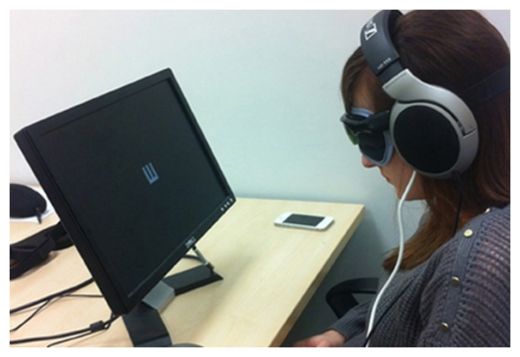
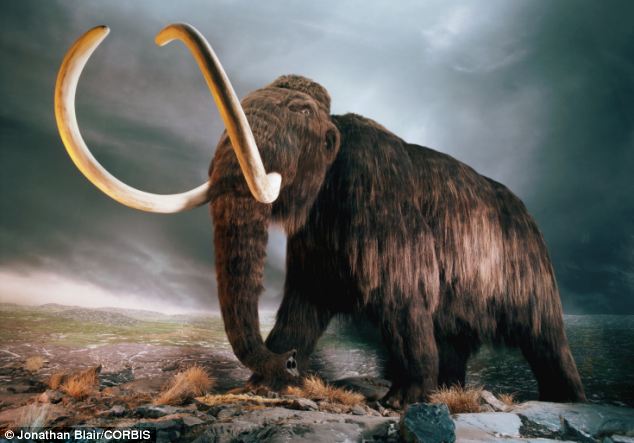
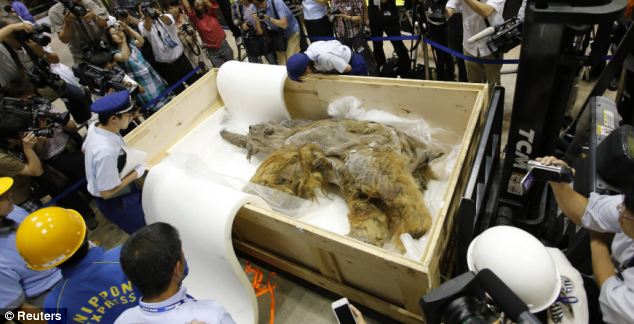
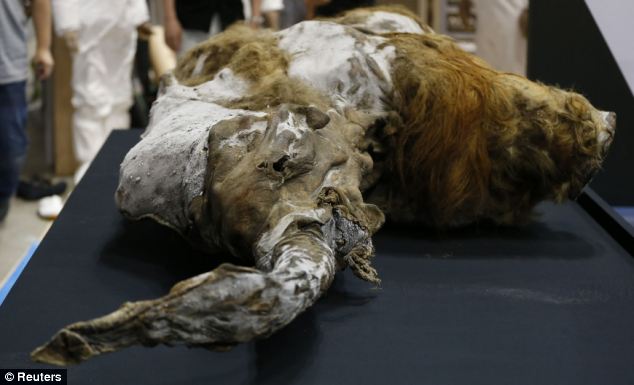


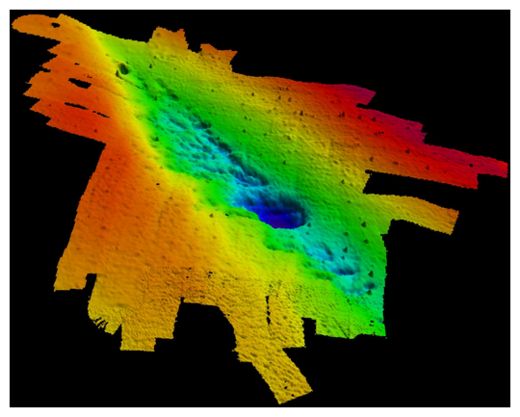
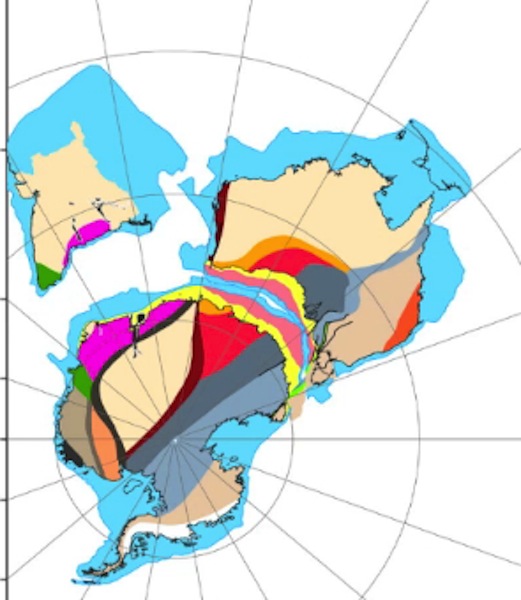




Comment: Despite the 35,000 years ago date mentioned above a better fit would be about 12,500 years ago.
See -
Cosmic blast may have killed off megafauna
Meteor impact extinction linked
and
Forget About Global Warming: We're One Step From Extinction!